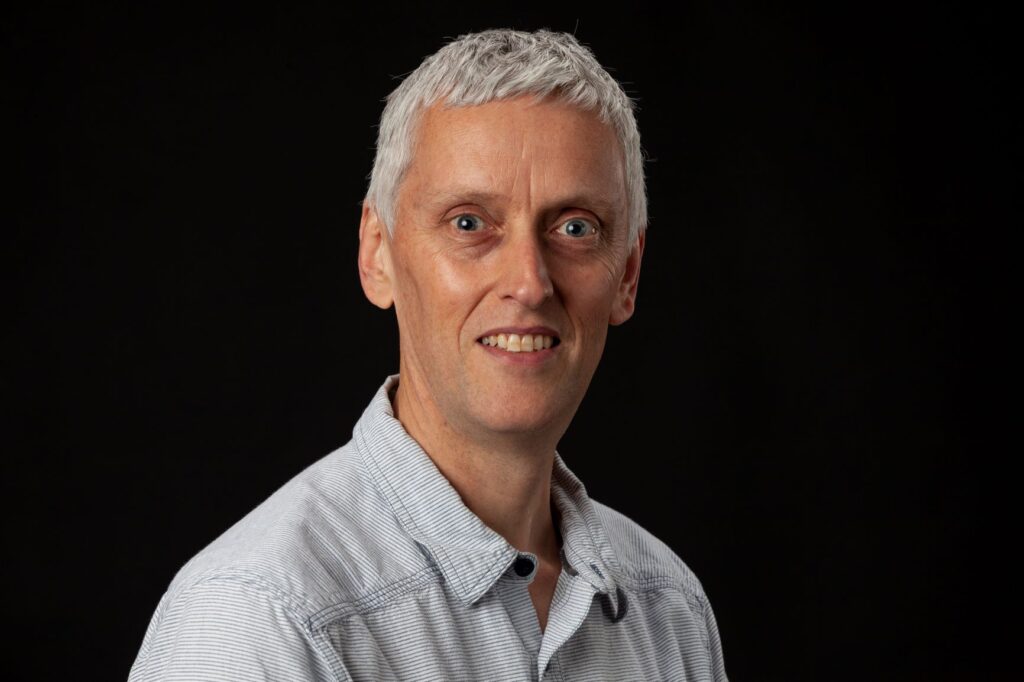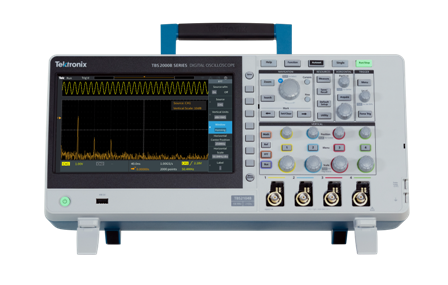
Tektronix recently announced the new TBS2000B Series of Digital Storage Oscilloscopes that was developed to meet the performance, usability and affordability needs of both engineers and educators. In this interview Andy Tedd, Tektronix Senior Business Manager for Entry Scopes discussed more about this product, features and highlights new test design trends, its challenges and testing requirements.
- What are the new key design trends in Digital Oscilloscopes?
New design trends in digital oscilloscopes are catered towards better user experience, compatibility with specific applications and field upgrades which enable customers to extend functionality. Features such as low noise design allow for more accurate measurements. For new engineers, students and makers using digital oscilloscopes, simple and intuitive user interface and controls make the instruments easier to use. Engineers using new digital oscilloscopes, such as Tektronix’s TBS2000B Series of Digital Oscilloscopes, are also now able to measure lots of different types of signals.
- What are the new features you introduced in the TBS2000B Series of Digital Storage Oscilloscopes? How will it ease testing?
The new Tektronix TBS2000B Series of Digital Storage Oscilloscopes have an extended bandwidth range and sample rate, allowing engineers to use the instrument for measuring a wider frequency of signals. The TekVPI® probe interface on the new oscilloscope series enables the use of many active and passive probes from the Tektronix catalog for a wide variety of applications. The instrument can also automatically detect the probe and adjust the units and scale factors by making measurements less error-prone. The probes supported by TBS2000B series include Current Probes, High Voltage Probes, Passive Voltage Probes, Active Low Voltage Probes and Differential Probes.

In addition, the front end of the new oscilloscope has been designed using custom technology, with lower random noise, enabling more accurate measurements for engineers. Courseware support and the addition of enable and disable functions allow educators to teach basic concepts of signal capture, analysis and instrument operation easier to students. Field upgradeable bandwidth enables customers to future proof their instrument needs, allowing them to upgrade their existing instruments over time.
- What are the challenges faced by design engineers in test and measurement today?
Challenges facing today’s design engineers in test and measurement include signal access, small amplitude and multi-level signaling, test times and ease of use. With devices becoming smaller and more integrated, signal access has become a challenge for engineers. Alike to devices becoming smaller, signal amplitudes are also now smaller, with increasing adoption of multi-level signaling. Measurement and analysis of these signals are becoming more complex and challenging for design engineers. The constant push to reduce test times has also become increasingly difficult, as more complex devices with multiple I/O’s and technologies are developed. Finally, ease of use has been a challenge for engineers. The demand for instruments to be more adaptable, flexible and fluent in the language of the standard being tested, in order to reduce the learning curve, is a difficult balance to achieve.
- As 5G deployments ramp up around the world, what are the new testing requirements?
There are a few different 5G deployments including eMBB (Enhanced Mobile Broadband), eMTC (Enhanced Machine Type Communication) and uRLLC (Ultra Reliable Low Latency Communication).
New testing requirements are emerging for eMBB, Enhanced Mobile Broadband, including wide bandwidths and mmWave frequencies. New algorithms for 5G New Radio (NR), wide bandwidths and mmWave frequencies are all driving new test requirements such as more stringent EVM measurements, over the air measurements and wide spectrum measurements like adjacent channel power (ACP).
Testing challenges for eMTC (Enhanced Machine Type Communication) technology is different from other 5G deployments since it is used in IoT devices that enhance smart cities and smart homes. Challenges such as low power and low-cost testing are prevalent for eMTC technology. However, Tektronix’s new entry-level series of oscilloscopes are ideal for testing these devices.
The final type of 5G deployment, uRLLC (ultra Reliable Low Latency Communication), has technology found in devices that are deployed in mission-critical applications such as industrial internet, smart grids and remote surgery. Testing these devices is extremely important and failures must be caught before deployment. New testing challenges such as hardware in the loop (HIL) testing and fast response times are needed from testing equipment.
- Have you introduced any product for 5G Testing? Give details.
The release of the new Tektronix 6 Series Mixed Signal Oscilloscope supports the challenging testing of requirements, as it covers the entire spectrum up-to 8GHz with 2GHz of instantaneous bandwidth with high resolution. Due to multi-antenna and transceiver design, and the importance of testing isolation and interference between adjacent channels, the 6 Series MSO EVM is <1% similar to a real-time analyzer. Its 4-Channel capability enables MIMO testing, which is required for the device. It also has enough bandwidth to support the WiFi 6E, which was recently released by the FCC. The AWG70000B Arbitrary Waveform Generator can also be used to generate the 5G spectrum, with WiFi6 and BLE signals useful for evaluating and testing new receiver designs.
- Do you have any platform that integrates design and test through AI?
High-speed interfaces are now transitioning to multi-level signaling (PAM3 /PAM4) to keep up with the demand for data by the applications. In response, oscilloscopes now need to act more like receivers, as the eyes are closed by the time the instrument acquires the signals. In order to perform accurate measurements, there is a lot of signal processing required to account for the noise contribution and to then perform the measurements. Even with the complexity of analysis increasing, there is also a constant push to reduce the test time or be able to test multiple devices in parallel. All of these factors are naturally pushing the testing and measurement industry to explore AI or Machine learning in order to reduce test times.
No comments:
Post a Comment